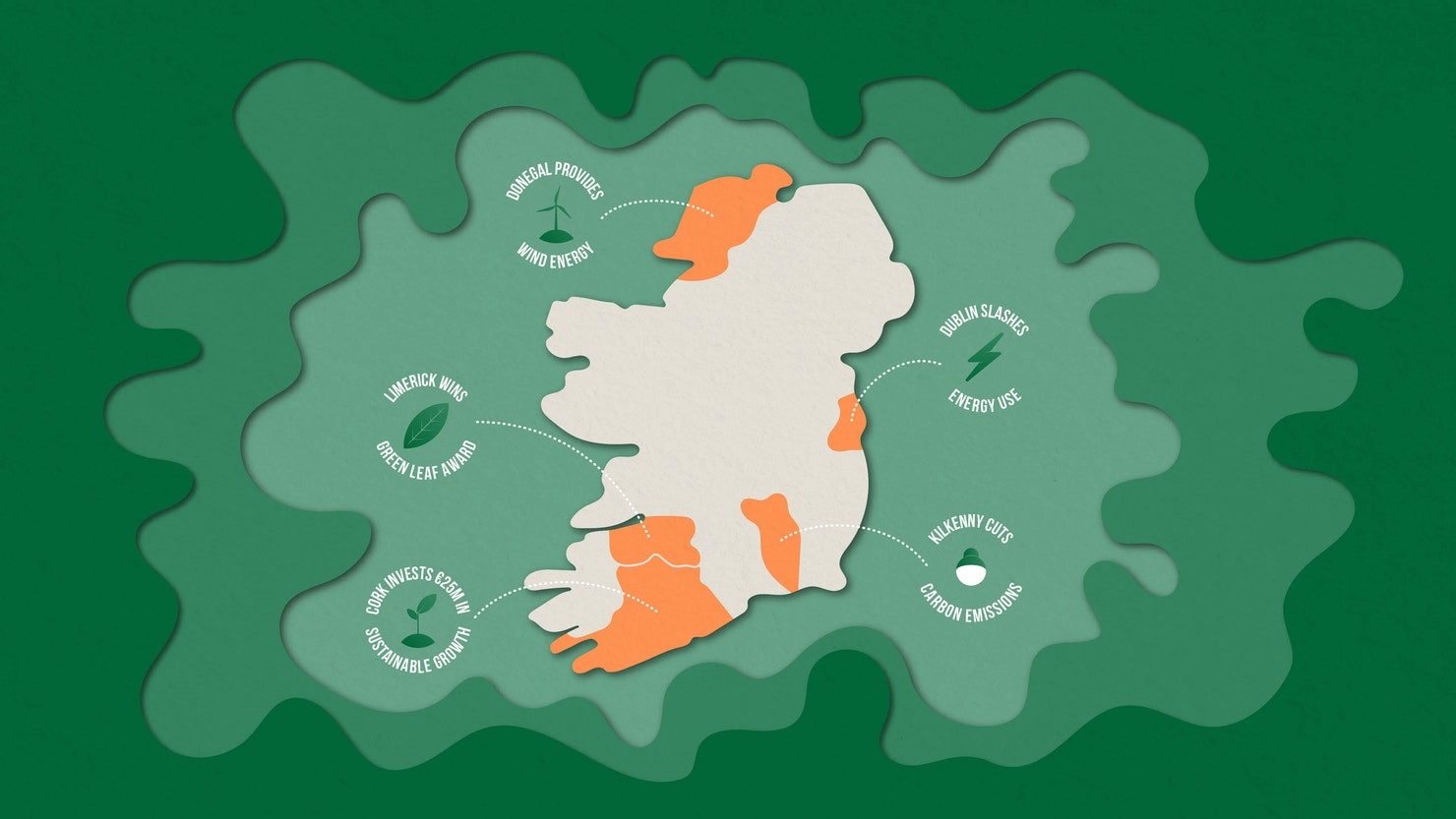Collective responsibility is the key to saving the planet. And across Ireland, several villages, towns and cities are showing that positive change can be made.
Many of the examples below show how quickly these changes can make life better. Air is cleaner, public transport improves and the city’s coffers are healthier too, as these initiatives tend to pay for themselves and cut energy bills.
Of course, the ultimate benefit is that these cities are helping to address the climate crisis that faces us all. One person, and especially one city, can make a positive difference.
LIMERICK WINS PRESTIGIOUS “GREEN LEAF” AWARD
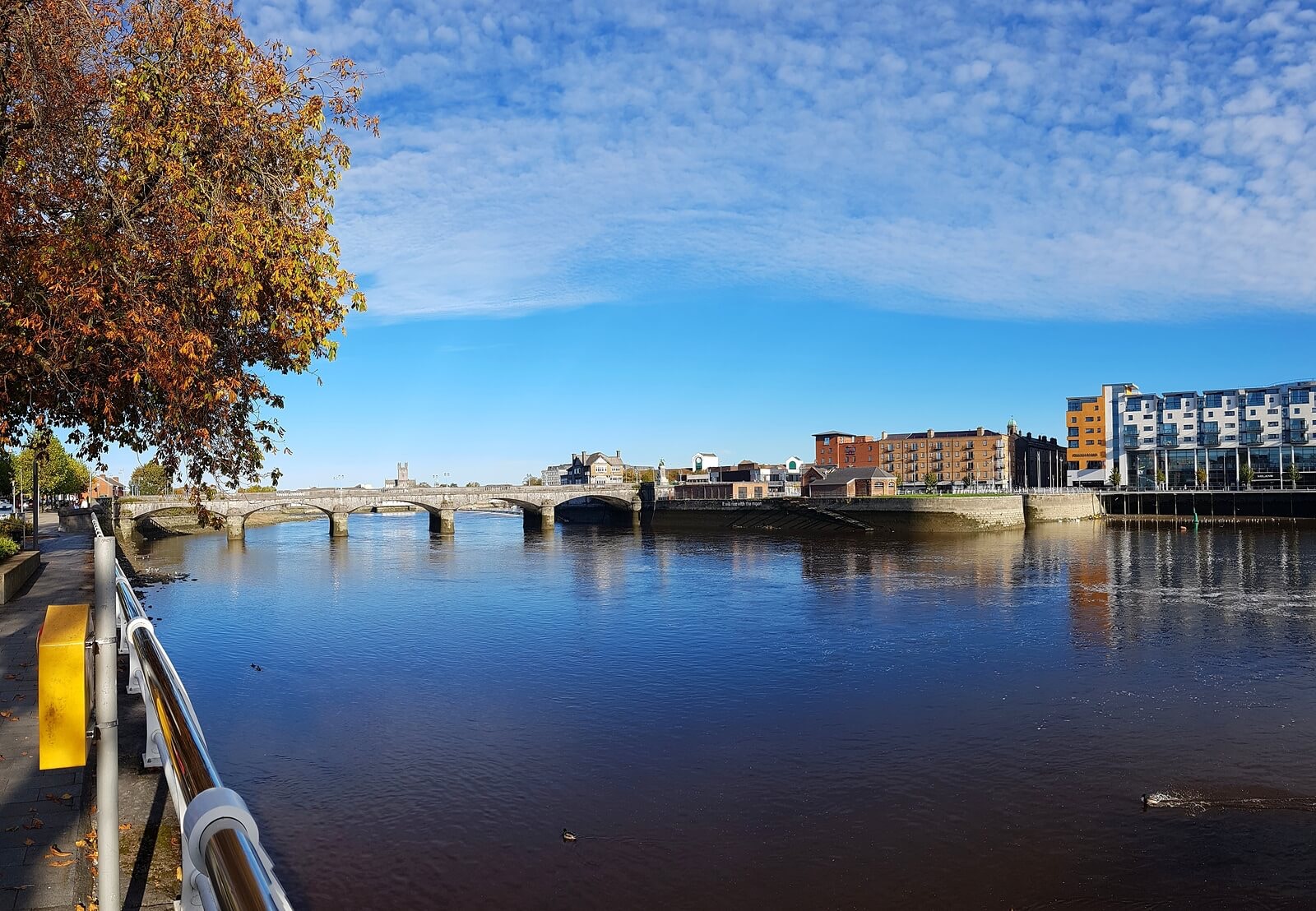
Limerick was the joint winner of the European Green Leaf Award 2020. The city was acknowledged for its commitment to better air quality and noise levels.
Limerick has invested heavily in making the city a better place to live. This initiative involves creating smart buildings and homes, developing integrated public spaces and smart neighbourhoods.
Air quality is monitored through recently acquired particle and gas monitors. The city has worked on its infrastructure to make it easier to cycle, walk or use public transport and to leave their cars at home.
Additionally, Limerick’s noise maps and action plans will be updated every five years, examining noise levels and acoustics, as well as the effectiveness of actions taken.
DUBLIN SLASHES ENERGY USE WITH SMART METERS IN PUBLIC BUILDINGS
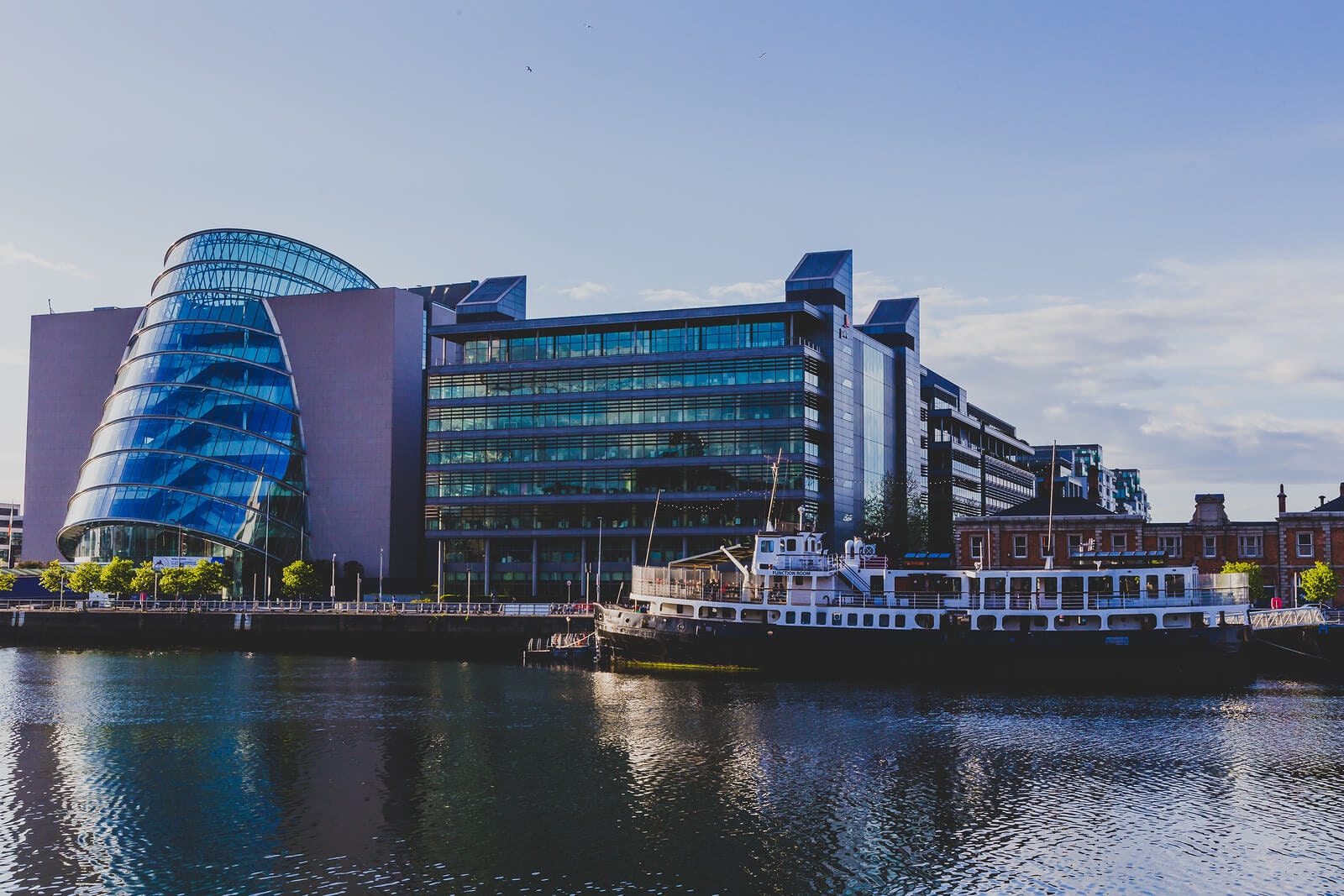
Dublin is over 1,000 years old, which means of course, that many of its buildings have been around for a long time. As part of Dublin City Council’s Sustainable Energy Action Plan to reduce carbon emissions by 20% by 2020, smart meters were installed in some key buildings to monitor energy use.
Dublin’s Wood Quay offices, built in the 1970s, benefited from the Council’s installation of smart meters. These meters were installed in 2012 and give energy updates every 15 minutes, showing where, how and how much energy was being used.
The premises’ energy manager could adjust energy use in real-time to drastically reduce waste. As a consequence, these buildings have seen a 25% reduction in energy use since 2012, without having to make structural changes or sacrifice productivity.
CORK INVESTS €25MILLION IN SUSTAINABLE GROWTH
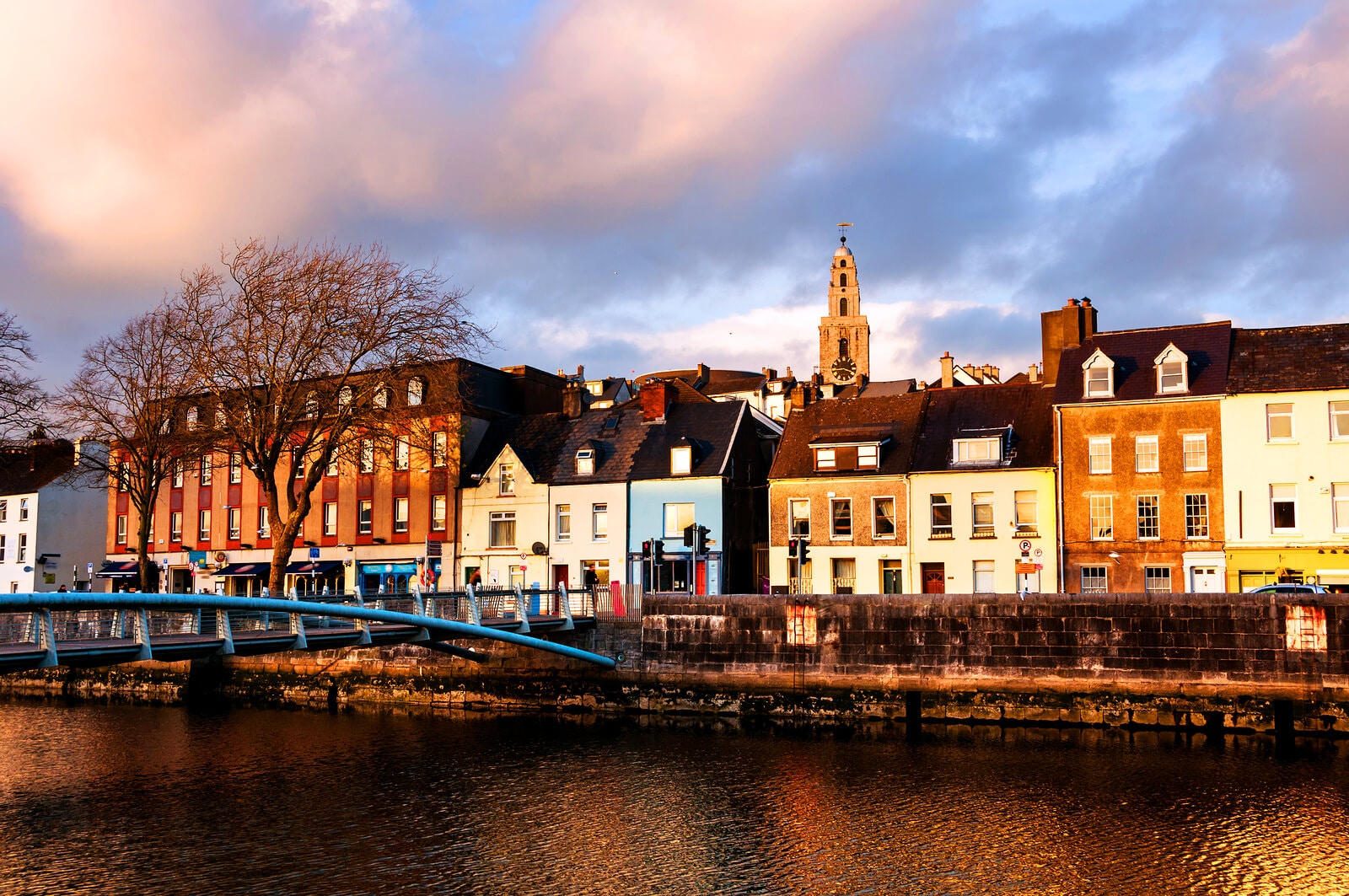
As part of the EU’s GrowSmarter initiative, Cork has become a “follower” city. This means that it will take inspiration from other EU cities that have successfully invested in sustainable economic growth, improved quality of life and better resource efficiency. (The “lighthouse” cities leading the way are Barcelona, Stockholm and Cologne.)
Cork has invested €25million in initiatives that have worked for these lighthouse cities. This GrowSmarter replication plan includes; energy-efficient refurbishment of buildings, integrated and smart city infrastructure and sustainable mobility plans such as additional charging points for EVs.
DONEGAL PROVIDES WIND ENERGY TO AMAZON
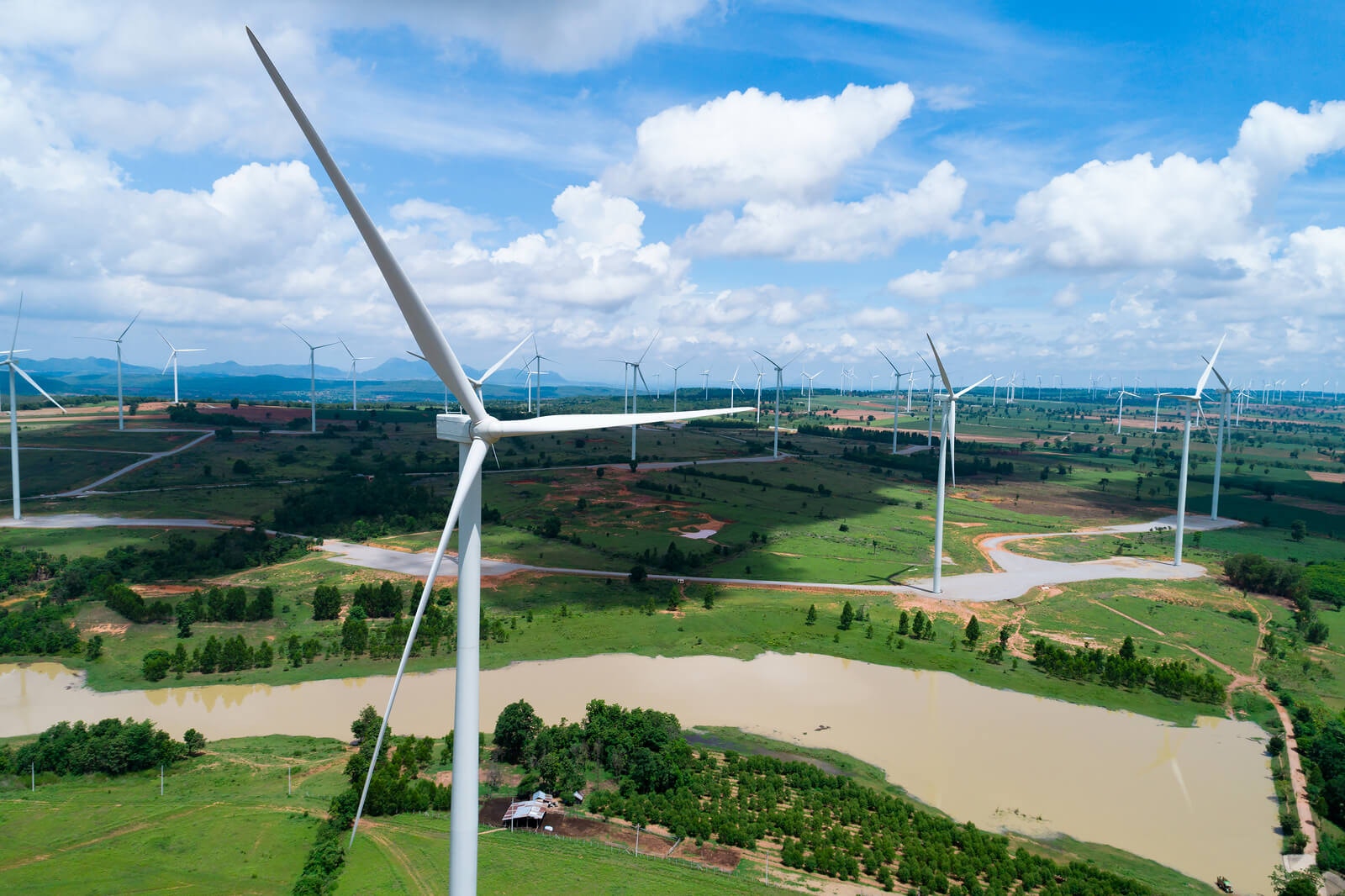
Global internet giant Amazon is working on using 100% renewable energy, which is leading to several investments in wind energy.
One of its major projects is in County Donegal, where Amazon will buy 91.2MW from a local windfarm. Along with two other wind farms (one in Sweden and one in the US), the Donegal wind farm will be key to Amazon’s plan to have a 100% renewable infrastructure. In fact, Amazon is already halfway towards reaching that goal.
Once complete, these three projects (along with nine previous ones), will lead to the production of 2,700,000MWh in green energy produced per year for Amazon.
A statement from Peter DeSantis, vice-president of global infrastructure and customer support at Amazon, said: “These projects are well-positioned to serve AWS data centres in Ireland, Sweden and the US. We expect more projects in 2019 as we continue toward our goal of powering all AWS global infrastructure with renewable energy.”
KILKENNY CUTS CARBON EMISSIONS BY RETROFITTING LIGHTING

Over half of Kilkenny County Council’s energy spend goes towards public lighting. So, retrofitting their existing lighting infrastructure was a cost-effective, efficient and relatively straightforward way to cut the city’s carbon emissions.
Like many green energy practices, this endeavour paid for itself. Initial funding was provided by the SEAI Better Energy Communities (BEC) grant scheme. The total project cost was €50,000; half of which is covered by the grant, with the other half being be paid back over 11 years.
It’s a classic win-win project: Kilkenny save €2,100 a year, covering the cost of the retrofit and then saving money after payment is complete; energy savings are a hefty 54%, and there are annual Co2 savings of 8kg a year.
There were also knock-on positive effects from the increased presence of a clean light source, namely the commercial revival of John Street and Kieran Street areas, and improved security for residential areas at night.
Ultimately, this will contribute greatly to Kilkenny’s stated target of reducing energy emissions by 33% in 2020.
STEPS TO A CLEANER WORLD
The climate crisis we’re facing doesn’t require one solution – it needs several. And the cities and communities above show that positive changes can be made. We won’t save the planet alone. But we might do it together.
Read also our previous blog posts on how European cities and companies around the world are fighting climate change and what their initiatives towards a sustainable future are.
